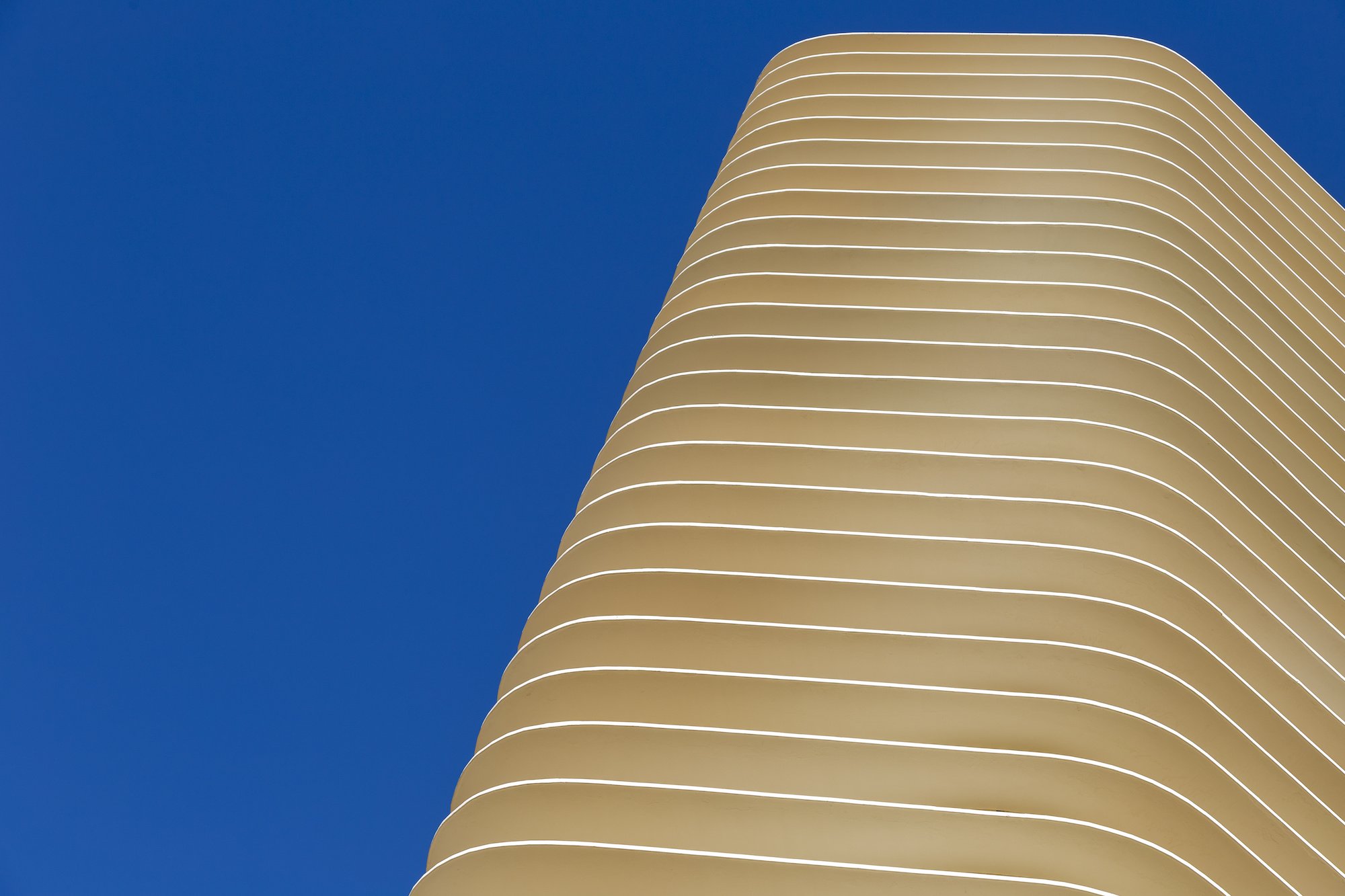
Drawing a parallel between European Mid Century
Modern Design and Brazilian Modernism
The roots of Brazilian Modernism are grounded in its use as a mechanism for deploying sociopolitical ideas. Post-colonial Brazil’s pursuit of a unified national identity saw artists cross-pollinate various motifs to hybridize the autochthonous with the alien (Philippou; Marques et al.). The formal elements of the emergent tradition bore stark resemblance to the European Mid Century Modern Design in the prominence of geometric and organic shapes to trace simple outlines that prioritized functionality. Nevertheless, Brazilian Modernism could be distinguished through its use of locally sourced raw material such as the prized Brazilian 'Jacaranda' that buttressed the spirit and sensation of nationalism (Philippou). The impressions of the European Mid Century Modern remained though with the formal elements being more readily adopted than the sociopolitical ones (Belcher).
A preoccupation with the question of identity has been ever present in Latin American artistic and cultural forms. Like most of its neighbors in the hemisphere, Brazil has had to forge a hybrid identity that grapples with indigenous and African cultures, global immigrants from places as diverse as Japan, China, West Africa and Lebanon, as well as the legacy of European colonialism that persisted well into the 20th century. Many designers left their country of origin, leaving their cultural ‘genius loci’ (genetic footprint of a place) behind, to settle and find new creative endeavours in Brazil.
David Elia’s new studio now also celebrates the rich heritage of Brazilian Modernism by presenting European Mid-Century Modern pieces that personally resonates and seem to draw a parallel with Brazil.
Be it an inspirational source or a documentation of a creative dialogue between past and present, this personal collection provides insight into David Elia’s life as an artist and his enthusiasm for the nature of art and design.
